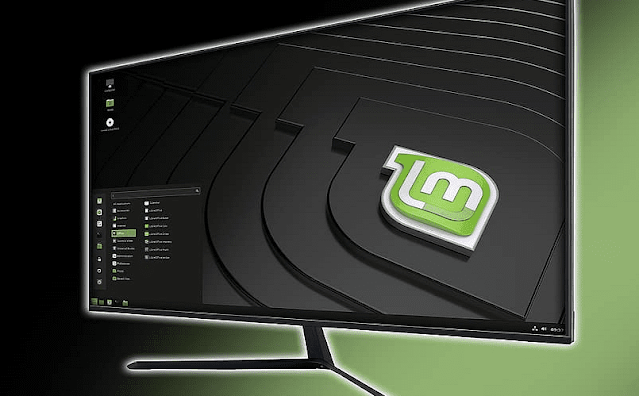Linux Mint: How to Enable Key Debouncing
One of the problems that keyboards can face is “key bounce”. When a key is pressed or released, the spring used to push it back to its original position can cause the key to jump at both the bottom and top of its travel. When a key is pressed down, this rebound effect can be enough to break the electrical connection that registers the key as pressed before the key is firmly pressed down. The process of removing these extremely fast keystrokes is called “bounce” and can make the difference between being usable or not on some keyboards.
If you’re using Linux Mint and notice that you’re having issues with keystroke re-registration, you may want to enable keystroke jamming. To enable key bounce, you need to go to accessibility settings by pressing the Super key, then typing “Accessibility” and pressing Enter.
Tip: The “Super” key is the name many Linux distributions use to refer to the Windows key or the Apple “Command” key, avoiding any risk of trademark issues.
Press the Super key, type “Accessibility” and press Enter.
Once you’re in the accessibility settings, switch to the “Typing Assistance” tab and click the bottom “Ignore quick duplicate keystrokes” slider to the “On” position.
On the “Typing Assistance” tab, enable “ignore rapid duplicate keystrokes”.
The “Acceptance delay” slider allows you to configure how quickly the key can be pressed a second time. The default value of roughly two-fifths of the bar length is too aggressive for most users. In fact, since the jumping effect usually takes place in milliseconds, much faster than you can intentionally double-press a key, you can generally set the reception delay to a minimum value to prevent jumping and not affect the general typing experience.
Users with shaky hands and tremors may find that increasing the reception delay will help them avoid double-pressing the keys. If this setting is pushed too far, you may have trouble typing double letters on purpose. For example, the allowed delay between duplicate keystrokes at the maximum value is roughly one second.
The minimum setting is ideal for most users, although users with shaky hands may want something a little higher.



